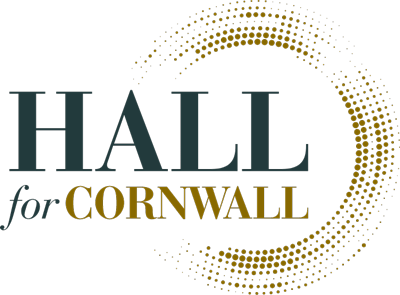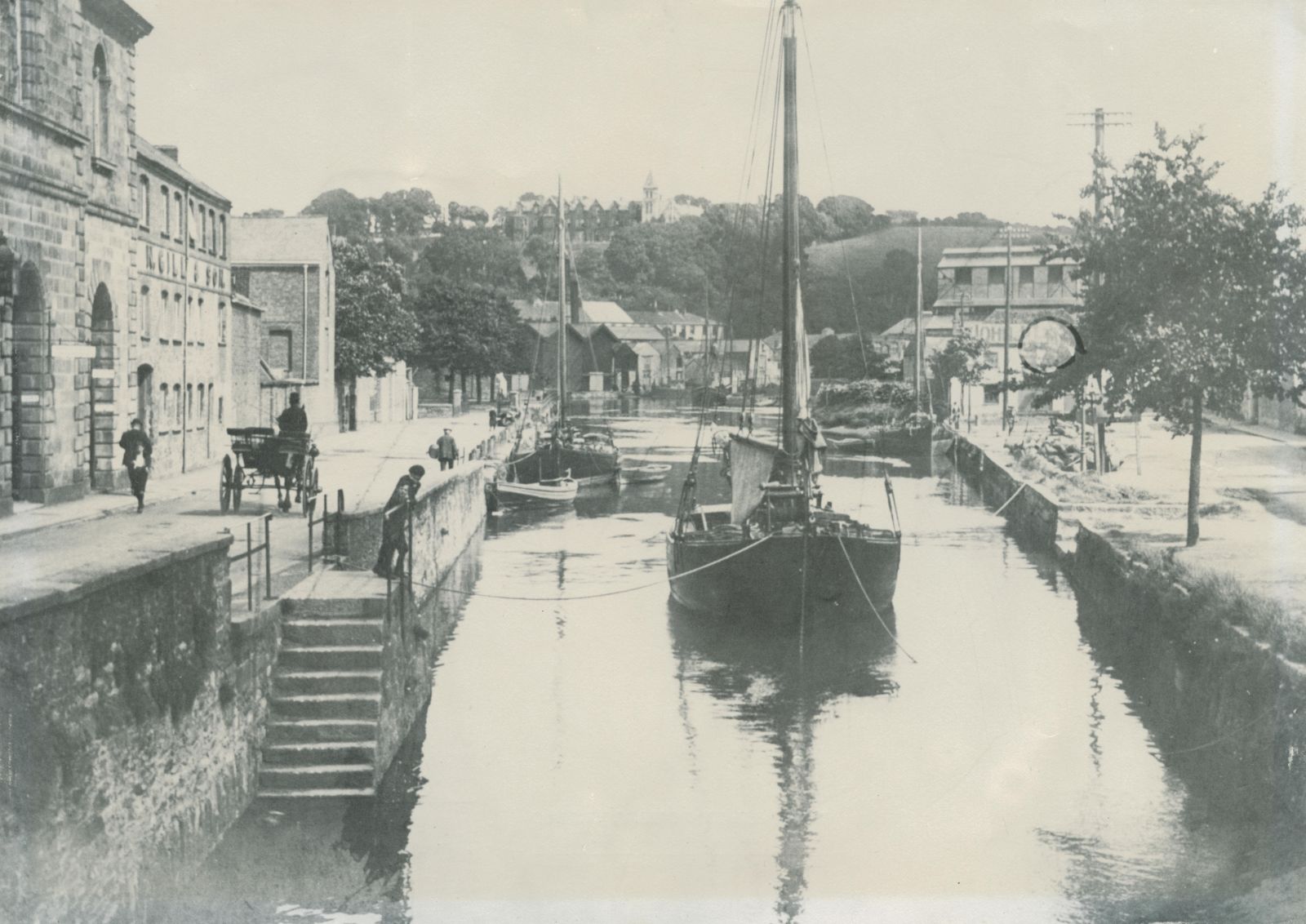This photograph features Edwin John Paddy, who formed the Cornwall Motor Transport orchestra. His father was Edwin James Paddy who toured the country playing the string double bass with the famous D’Oyley Carte Opera Orchestra and the tuba for the Royal Italian Band throughout the 1880s. At the turn of the century, James was playing in the Seymour Pile Orchestra and then with his own Riviera Orchestra. The Riviera Orchestra were in great demand and regularly performed at Truro City Hall. Edwin James’ son, Edwin John, joined the Riviera Orchestra as a violinist and both father and son played a huge role in Truro’s local music scene. However, John’s progressive attitude to music caused him to eventually leave and form the Cornwall Motor Transport orchestra.







